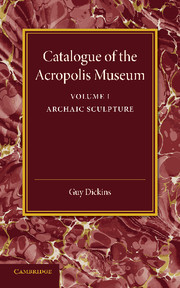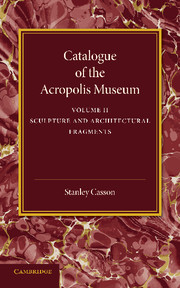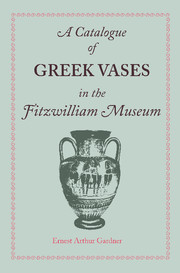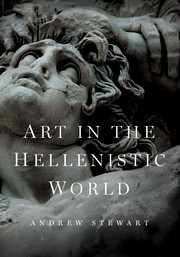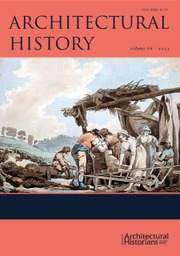The Engraved Gems of Classical Times
This monograph on classical engraved gems, which also contains a catalogue of the collection then held by the Fitzwilliam Museum, was published in 1891. J. Henry Middleton (1846–1896) was at the time the Director of the Museum and Slade Professor of Fine Art in Cambridge. His intention was to provide an introductory volume for students of archaeology which both traced the history of the use of engraved gemstones as seals and signets from Babylonian to classical times, described the techniques used to create these miniature works of art, and gave catalogue definitions, enhanced by photographic plates, of the Fitzwilliam collection, which had for the most part been donated by Colonel W. M. Leake (1777–1860), whose antiquarian interests had been aroused when he was sent to the eastern Mediterranean to assist the Turkish army against the French in the early nineteenth century.
Product details
No date availablePaperback
9781108010047
220 pages
229 × 152 × 13 mm
0.33kg
20 b/w illus.
Table of Contents
- Preface
- List of authorities
- 1. Scarabs, cylinders and other early signets
- 2. Greek gems
- 3. Greek gems (continued) and Etruscan scarabs
- 4. Roman gems
- 5. Cameo gems
- 6. Inscriptions on gems
- 7. Inscriptions on gems (continued)
- 8. The characteristics of ancient gems
- 9. The technique of gem-engraving
- 10. Gems in mediaeval times
- 11. The materials used for engraved gems
- 12. The materials used for engraved gems (continued)
- Catalogue of the gems in the Fitzwilliam Museum
- Index.


